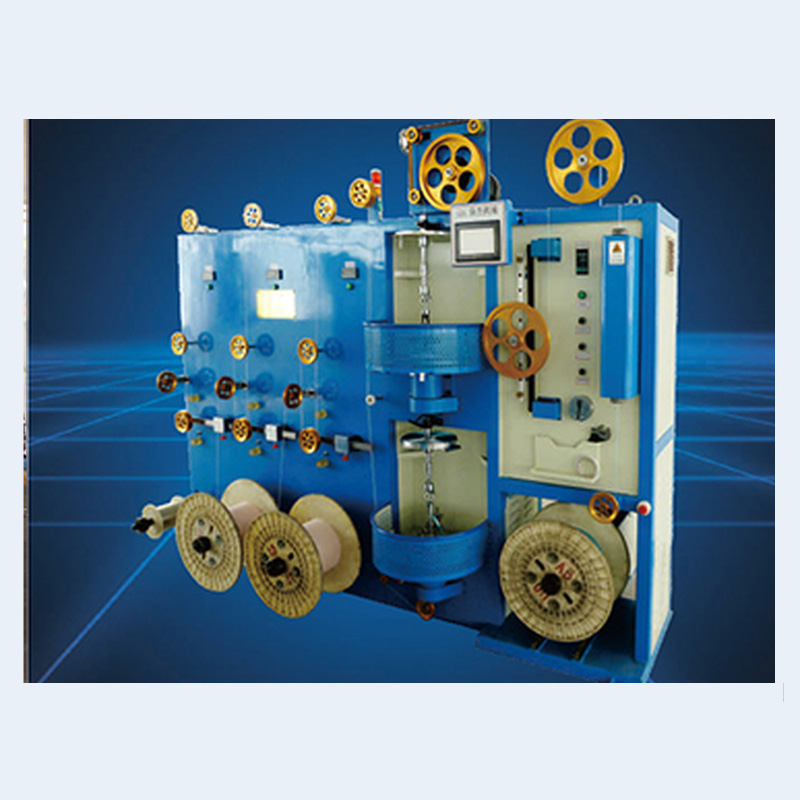The Extruder Market: An Insight into Price Fluctuations

Extruders are widely used in various industries, including plastics, food processing, and chemical manufacturing. As a crucial piece of equipment in these sectors, extruder prices are subject to fluctuation. This article aims to provide an in-depth analysis of the factors impacting the prices of extruders in the market and offer valuable purchase suggestions for prospective buyers.
Factors Driving Extruder Price Fluctuations
1. Raw Material Costs: One of the primary factors contributing to extruder price fluctuations is the cost of raw materials. As extruders require high-quality steel, aluminum, and electronic components, any increase or decrease in the prices of these materials directly affects the overall cost of manufacturing the extruder. Market factors, such as supply-demand imbalances or geopolitical events, can influence raw material costs.
2. Technological Advancements: With rapid technological advancements, extruder manufacturers often introduce new features and innovations in their products. As newer models offer improved efficiency, higher production capabilities, and advanced automation, the prices of these upgraded extruders tend to be higher than their predecessors. Thus, the rate of technological development impacts extruder prices.
3. Market Competition: Competition among extruder manufacturers also plays a vital role in price fluctuations. When several manufacturers are vying for market share, they may engage in aggressive pricing strategies to attract customers. This competitive environment can lead to price fluctuations as manufacturers adjust their prices to gain a competitive edge.
Purchase Suggestions: Making Informed Decisions
1. Assess Your Requirements: Before purchasing an extruder, carefully assess your specific needs. Consider factors such as desired output, material compatibility, and required features. By identifying your specific requirements, you can narrow down the options and make a more informed buying decision.
2. Research and Compare: Conduct thorough research on various extruder models available in the market. Compare their technical specifications, pricing, customer reviews, and after-sales support. This comparison will give you a better understanding of the value for money offered by different manufacturers and help you choose the most suitable extruder for your needs.
3. Long-Term Cost Considerations: When calculating the overall cost of purchasing an extruder, look beyond the initial price tag. Consider factors such as maintenance costs, energy efficiency, and durability. Investing in a reliable and energy-efficient extruder might have higher upfront costs but can lead to long-term savings through reduced energy consumption and maintenance expenses.
Conclusion
Understanding the various factors impacting extruder prices is essential for both buyers and manufacturers in the industry. Raw material costs, technological advancements, and market competition significantly influence the price fluctuations observed in the extruder market. By carefully considering their requirements, conducting research, and evaluating long-term cost implications, buyers can make well-informed decisions when purchasing an extruder. Industrial growth and technological advancements will continue to shape the extruder market dynamics, making it critical for buyers to stay updated on price trends and market developments.

